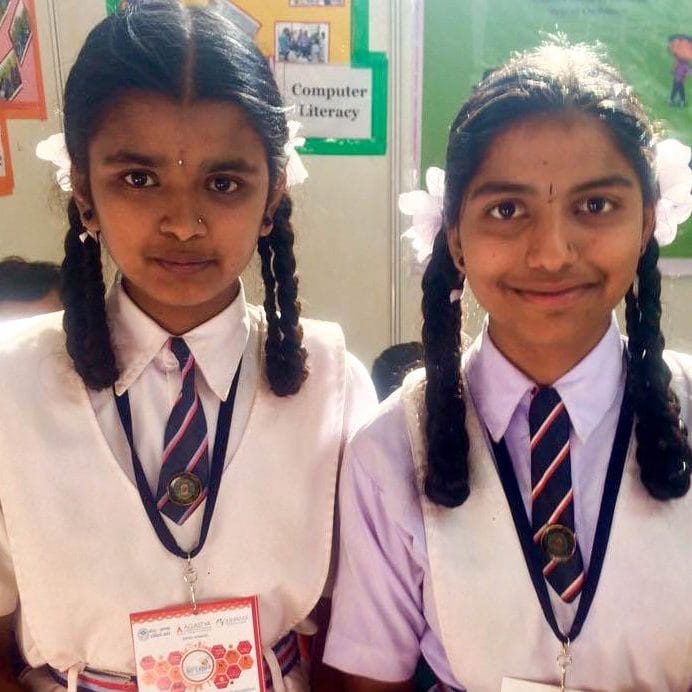Rural science education lacking in India’s tech hub
Young science students from southern India are part of a mission to ensure Indian students receive an engaging and high quality science education.


By JAY SMILES
Bhargavi Bommadeni, 15, has dreams to study engineering at university. The student from the south Indian state of Karnataka is brimming with ideas, and she is already helping her rural community with an invention.
By teaming up with the Agastya Foundation, a science education organisation, Bhargavi has created a biodegradable pen to reduce waste and improve the environment.
“We roll the pen in paper and fill the remaining space with local seeds. After the ink is finished we can throw the pen outside. As it decomposes the seeds will sprout into a tree,” she says.
• More great reports from our Mojo Correspondents
Bhargavi was selected by Agastya to showcase her invention at a science fair in Hubli, along with other young science students from Karnataka. The fair is just one aspect of Agastya’s wider mission to ensure that Indian students receive an engaging and high quality science education.
But not all students are provided the same opportunity. For many government schools outside Karnataka’s major cities, teachers are struggling to provide a quality science education.
“Karnataka has so many villages with teachers that lack science knowledge. It makes it very tough for rural students,” says Agastya facilitator Ravi Chukunetti.
He says many teachers in Karnartaka are only exposed to specialised teaching in languages and physical education, with no specific focus on the sciences. For rural schools, recruiting highly qualified teachers is also difficult when competing with major cities.
With the capital Bangalore known as India’s Silicon Valley, introducing Karnataka’s students to science, technology, engineering and mathematics (STEM) is more important than ever.
“Bangalore is the heart of India’s STEM and Karnataka students are really motivated to learn,” says Mr Chukunetti.
Many of India’s premier research facilities are based in Karnataka, including the national space research centre. Nearly 2000 IT firms are also scattered across major cities in the state. Bangalore remains the country’s technological hub with large scale biotechnology, nuclear science and manufacturing firms.
The Agastya Foundation entered the region to ensure rural students have the same opportunity as their city counterparts to pursue higher education and enter these major industries. Across India, they have engaged eight million children and 200,000 teachers in an enhanced science curriculum since 1999.
By designing hands-on and low cost science experiments using local material, Agastya teaches rural students and provides an enhanced experience outside the classroom.

A student with his science fair project. Picture: Chen Aiya.
Bhargavi’s sustainable pen is the type of development Agastya hopes to achieve. These experiences are frequently delivered by mobile science vans directly to village schools.
Agastya’s annual fairs, held regionally across India, exhibit more than 25 projects from the area by children between age five and 18 who are inspired by the power of science.
At Hubli’s most recent exhibition, more than 15,000 people visited to see creative designs in science, maths and technology.
Dev Rakshit, 12, from Shree G. K. Dholakiya School, designed a walking stick which alerts blind people of upcoming obstacles using vibration.
Like Bhargavi, science has now become a potential career for the passionate student.
“Science is very hard but also creative. I love how I can add two things together to make something new.”





